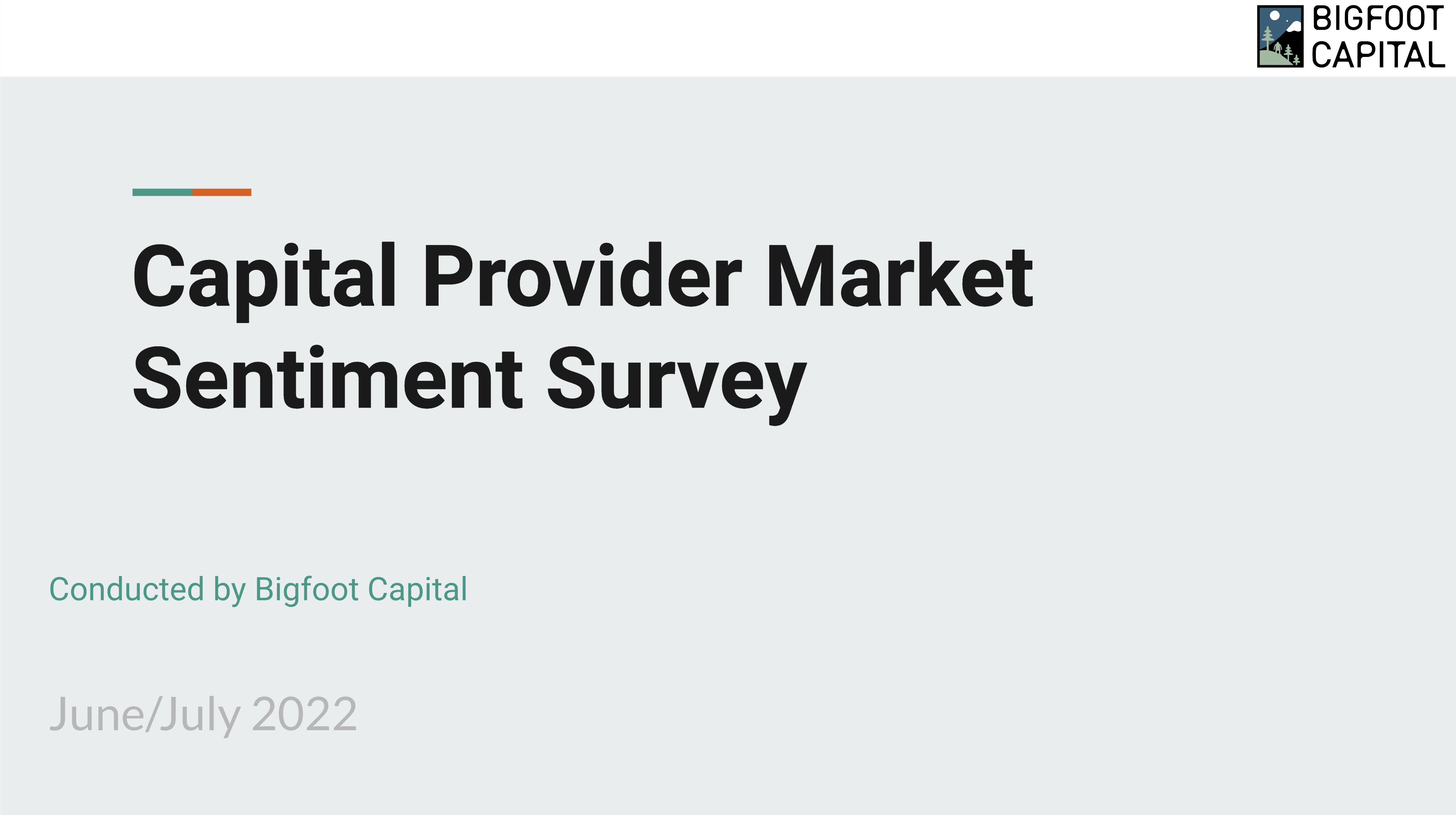
The SaaS Forecasting Problem: As a SaaS lender, we’re very focused on the fundamentals of the companies we evaluate. We rely on historical results to paint a picture of what’s happened to date and we look to forecasts to get a sense for where things may be going.Historical financials show us results (aka traction) via a quantitative story that gives us a sense for potential fit (e.g., do you have enough revenue to fit our form of capital? How are you growing?).That said, we take historicals for what they are — generally internally prepared, unverified financial statements. We’re fine with this as we don’t expect early-stage companies to spend $20K+ to have their financials signed off on by a 3rd party accounting firm.We do encourage Founders to get finance and accounting help, sooner rather than later! You may not need a full-time CFO type or a Big 4 accounting firm, but please have someone with finance experience working your books and running your models.The problem with historical financials is they don’t contemplate the future. They know nothing about it.Ultimately, we’re betting on the future of the company. So, we need some sense of how you think that may play out.
The SaaS Forecasting Problem (aka Projection Models)
This is where we run into a bigger problem. The variance in the quality of forecasts we receive is massive.Some forecasts are really well thought through and comprehensive. We like these and will always take the time to dig in.A good projection model shows rigor and builds confidence. These models are usually prepared and managed by a dedicated finance pro or a finance/data savvy Founder. And whoever provides it to us is able to walk us through it in detail, which matters.We also receive forecasts that are essentially a punt. By this I mean they are literally two line items (revenue/cash) or just a spreadsheet of hard-coded numbers that give us no context.When we receive low-quality projections, we are inhibited from running an effective process and serving Founders the way we aim to serve them. This is frustrating for both parties.We can’t do anything with these other than ask you to give us more. If you can’t produce more, it’s time for us to move on, even if we’d rather not.This trips us up more than I ever would have thought.Thankfully, the projections problem is easily solvable.How?
The Paid Option for Forecasting
Engage an outsourced CFO (not just an accountant) to build and manage your model for you.
The Free Options for Forecasting
- Utilize a template built by an experienced financial modeler. Here are a few you can call upon:
- Christoph Janz’s (Point Nine Capital) SaaS Financial Plan 2.0. Here’s a webinar I did a few years back walking through Christoph’s model with him and 2 Point Nine portfolio company CEO’s.
- Ben Murray’s (the SaaS CFO) SaaS Revenue Forecast Model
- Gary Gaspar’s Early-Stage SaaS – Financial Model
- Utilize a new tool called SimSaaS, built by Matt Wensing. You can plug in your historicals and generate multiple forecasts which you can then share with us. Nice and free!
Why All of This Matters
As I mentioned, having a robust forecast model demonstrates rigor and helps you portray yourself as a buttoned-up operator. Investors are scaredy cats and this is a critical means of building investor confidence and trust in you as a potential steward of the capital we’re deploying (which, at the end of the day, is not our money!). It’s not enough just to have a compelling personal story or product vision. Well, it is for some Bay Area VC’s, but not for the rest of us.At Bigfoot, we run our own investment evaluation and structuring models on top of your projections. So, working off of strong inputs gives us a jumpstart to accelerate your path to capital.Hope you found this helpful. Please email me or schedule time if you’d like to discuss. Happy forecasting.
Ready to take the next step? Get started here.








